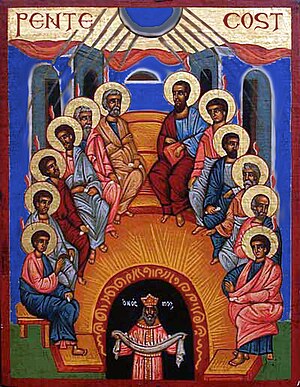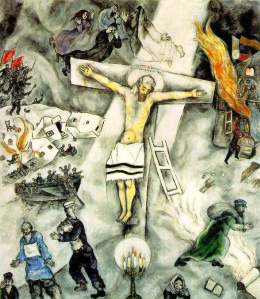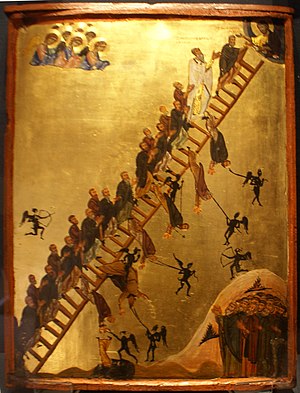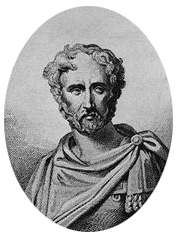
Unfortunately this is not my favourite chapter in Couchoud’s book The Creation Of Christ. But I’ve set myself a target and I have to get through this one to finish the book, so here goes. (The series is archived here.) (I personally suspect the stories in Acts are inspired more by Old Testament and Classical analogues than historical reminiscences, and motivated more by anti-Marcionite/pro-Catholic interests than disinterested archival dedication — though not totally bereft of historical re-writing at points here and there, but this post is for Couchoud so I’ll get out of the way for now. Except to say I believe Earl Doherty’s model is a much more satisfactory explanation for the “riotous diversity” that characterized what emerged as “earliest Christianity”.)
But one point in C’s favour is his attempt to synchronize what he reads in Paul and Acts with political events in the broader empire.
Once again any emphases etc in the quotations is my own.
Couchoud says the apparitions of the Lord Jesus can be dated (via the writings of Paul) to the beginning of the reign of the reputedly “mad” Roman emperor Caligula — 37-38 c.e.
These visions, he continues, all occurred in Palestine. Paul’s was the exception — and it was subject to doubt among his critics. (The last of the visions, according to Paul — says C — is to be dated 14 years before his own journey to Jerusalem, i.e. around 51 – 52 c.e.)
Of these visionary experiences, Couchoud suggests they conferred on the Jerusalem pillars a unique status:
They conferred on the community at Jerusalem and on its chiefs, Kephas, James, the Twelve, an unequalled title and right to decide all that might be postulated in the name of the Lord Jesus.
We know the names of some of these earliest visionaries: Continue reading “Earliest divisions in the Christian movement (Couchoud continued)”








